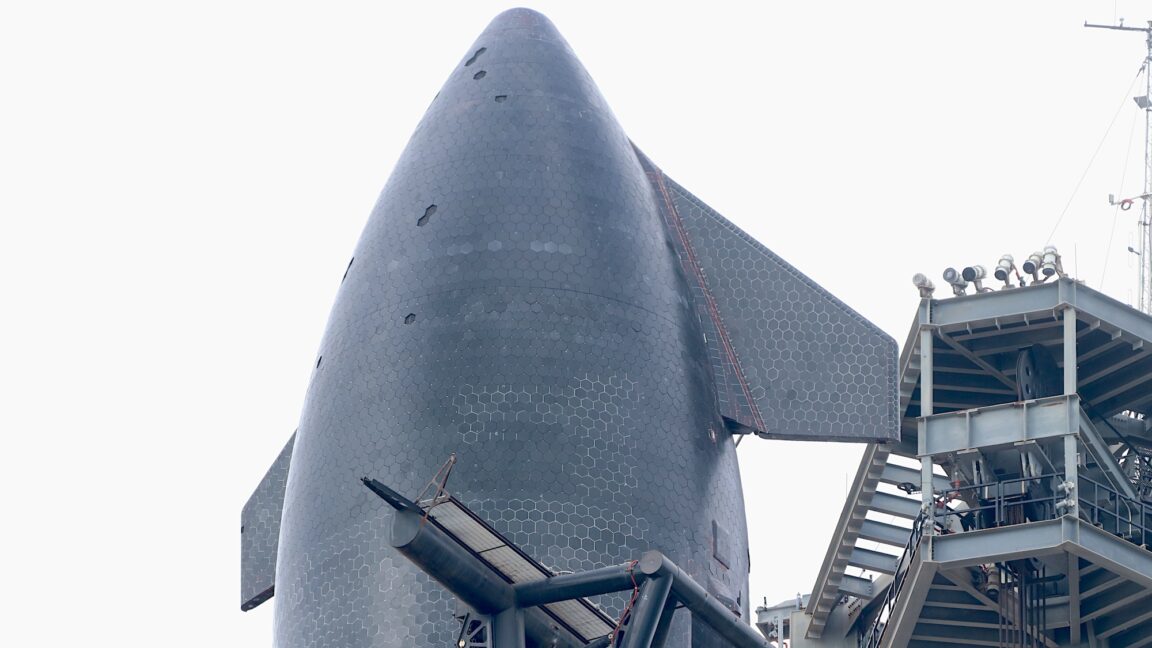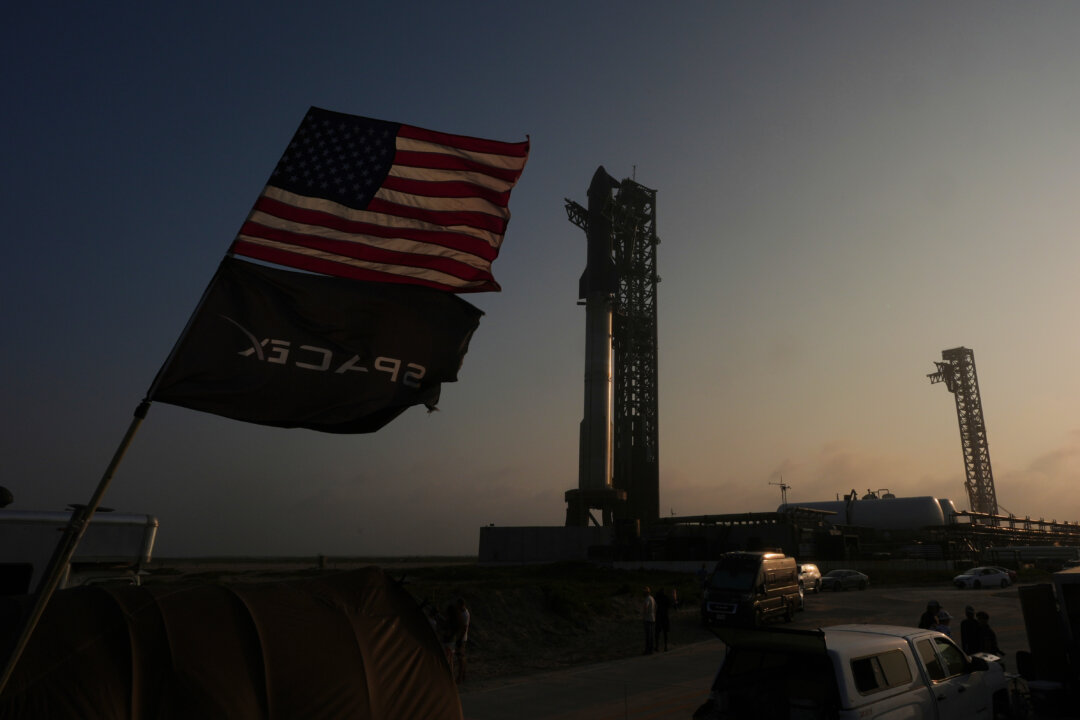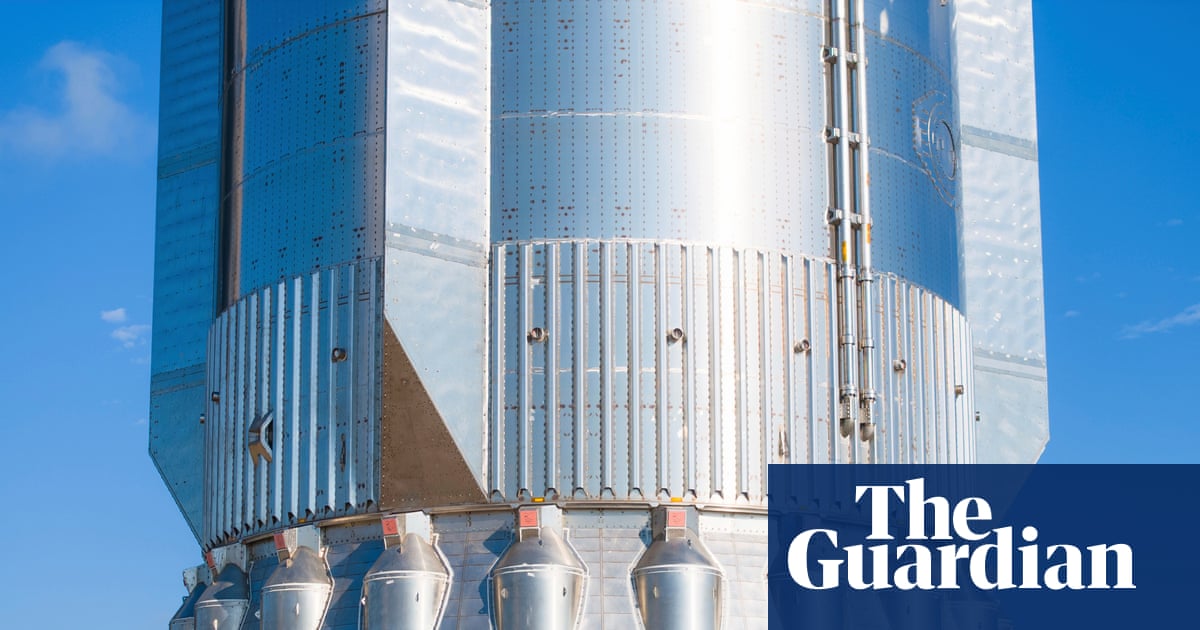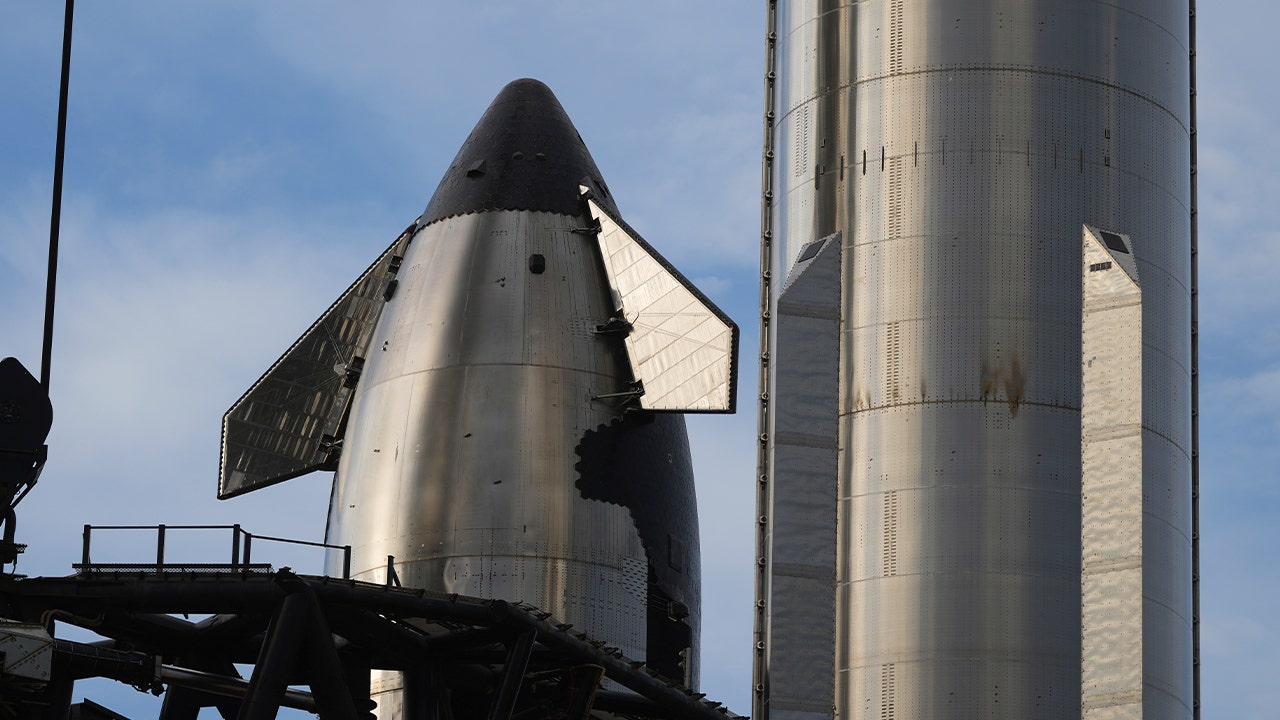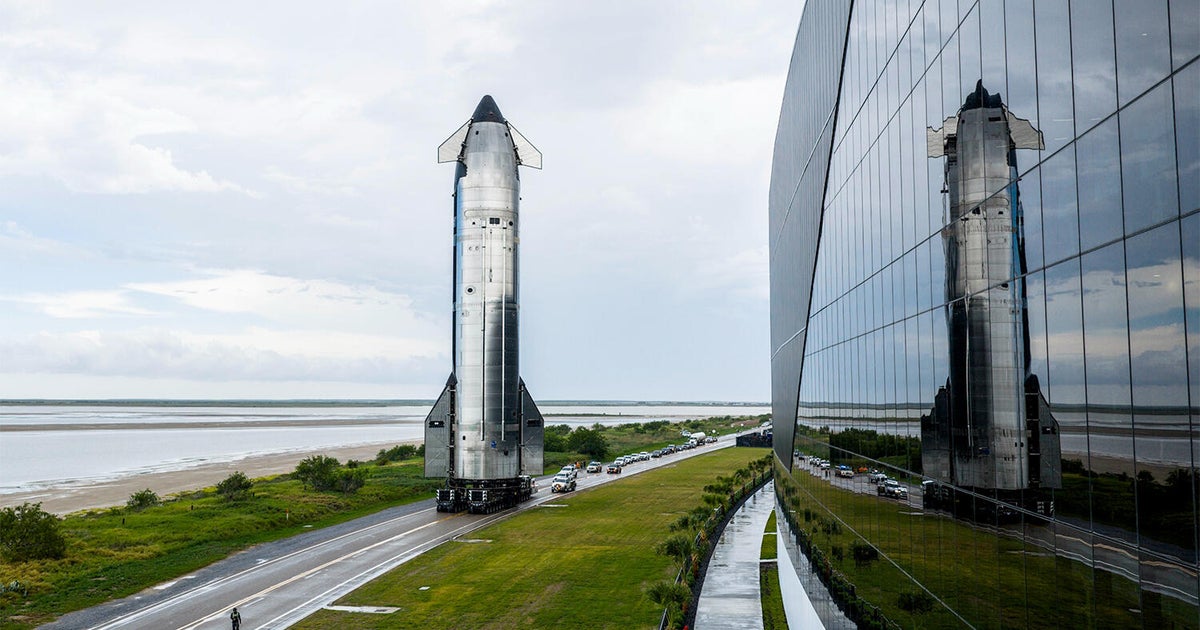SpaceX Intensifies Super Heavy-Starship Testing for Reusability and Starlink Deployment
SpaceX rigorously tests its Super Heavy-Starship rocket system, validating upgrades and operational readiness for reusability and Starlink satellite deployment, following previous launch postponements and setbacks.
Subscribe to unlock this story
We really don't like cutting you off, but you've reached your monthly limit. At just $5/month, subscriptions are how we keep this project going. Start your free 7-day trial today!
Get StartedHave an account? Sign in
Overview
- SpaceX is conducting rigorous tests on its Super Heavy-Starship rocket system, including both the booster and upper stage, to validate significant upgrades and operational readiness.
- These crucial tests follow three previous unsuccessful attempts and a postponed launch due to a propellant leak, marking a critical phase in the rocket's development.
- A primary focus of the booster testing involves evaluating its landing burn capabilities and unique engine configurations to ensure a controlled and successful descent for reusability.
- The testing objectives also include deploying Starlink satellite simulators to validate payload delivery mechanisms for future missions, aiming to break a losing streak.
- Ultimately, SpaceX aims to guide the Super Heavy booster into a controlled splashdown, a vital step towards achieving full reusability and ensuring overall mission success.
Report issue

Read both sides in 5 minutes each day
Analysis
Center-leaning sources frame this story by emphasizing the repeated failures and delays of the Starship program. They use strong, evaluative language to describe past incidents and cast doubt on the program's future, particularly regarding NASA's moon landing timeline. This collective editorial choice creates a narrative of a struggling project facing significant hurdles.
Articles (10)
Center (6)
FAQ
The main goals of the Super Heavy-Starship testing campaign are to validate significant upgrades and operational readiness, especially focusing on reusability, testing booster landing burn capabilities and engine configurations, and deploying Starlink satellite simulators to validate payload delivery mechanisms for future missions.
Previous Starship Flight 10 launch attempts were postponed due to issues including a liquid oxygen ground system leak, bad weather such as anvil clouds near the launch area, and a propellant leak that preceded the launch window.
SpaceX plans to guide the Super Heavy booster into a controlled splashdown offshore rather than attempting to catch it on the launch tower, using two of the three center engines and one middle ring engine for the landing burn to demonstrate safe recovery under off-nominal conditions.
Deploying Starlink satellite simulators during the flight helps validate SpaceX's payload delivery mechanisms and the spacecraft's ability to deploy payloads successfully in orbit, supporting future Starlink satellite deployment missions.
Previous Starship upper stage flights experienced problems such as failure to complete ascent burns, failure to deploy Starlink simulators, failure to perform Raptor engine relights in space, and an explosion linked to a composite over wrapped pressure vessel failure during a static fire test.
History
- 2M

 4 articles
4 articles
- 2M

 3 articles
3 articles

